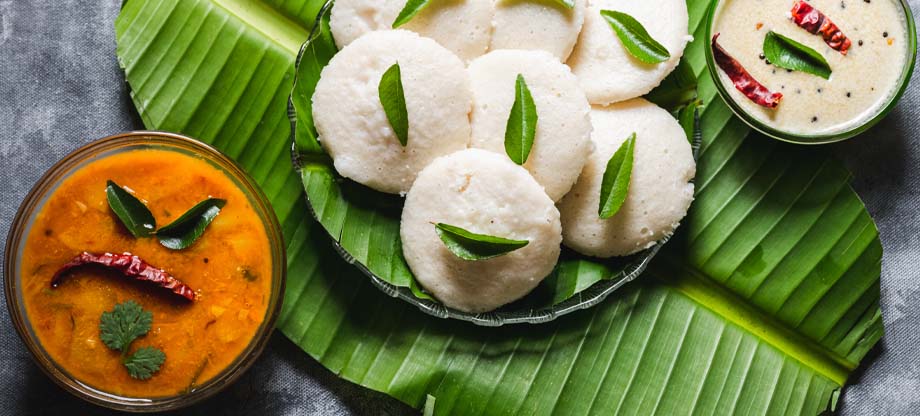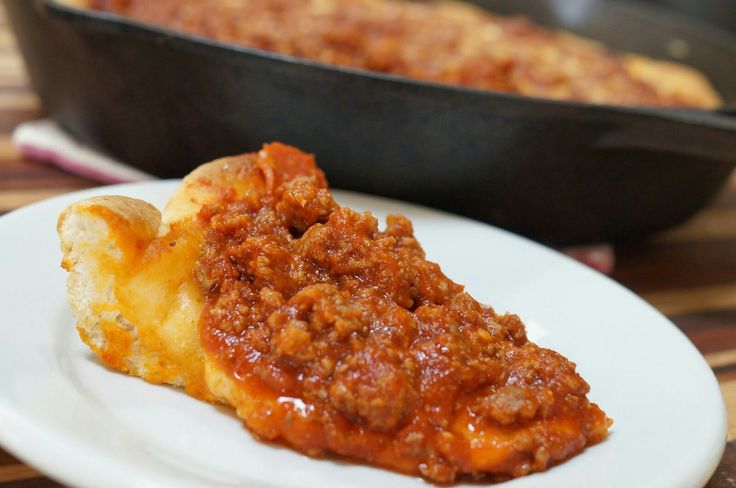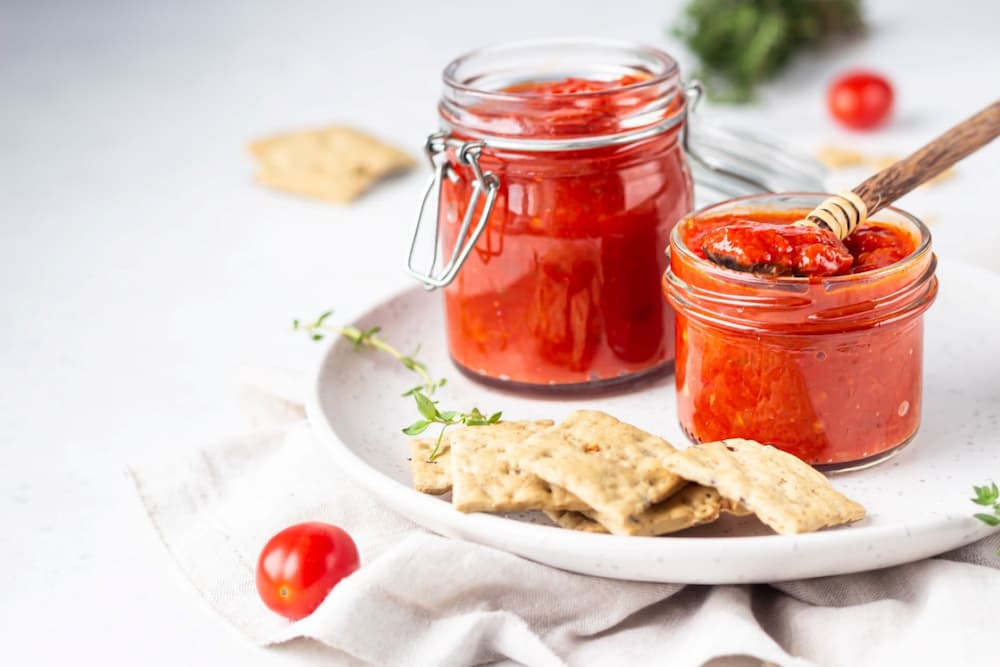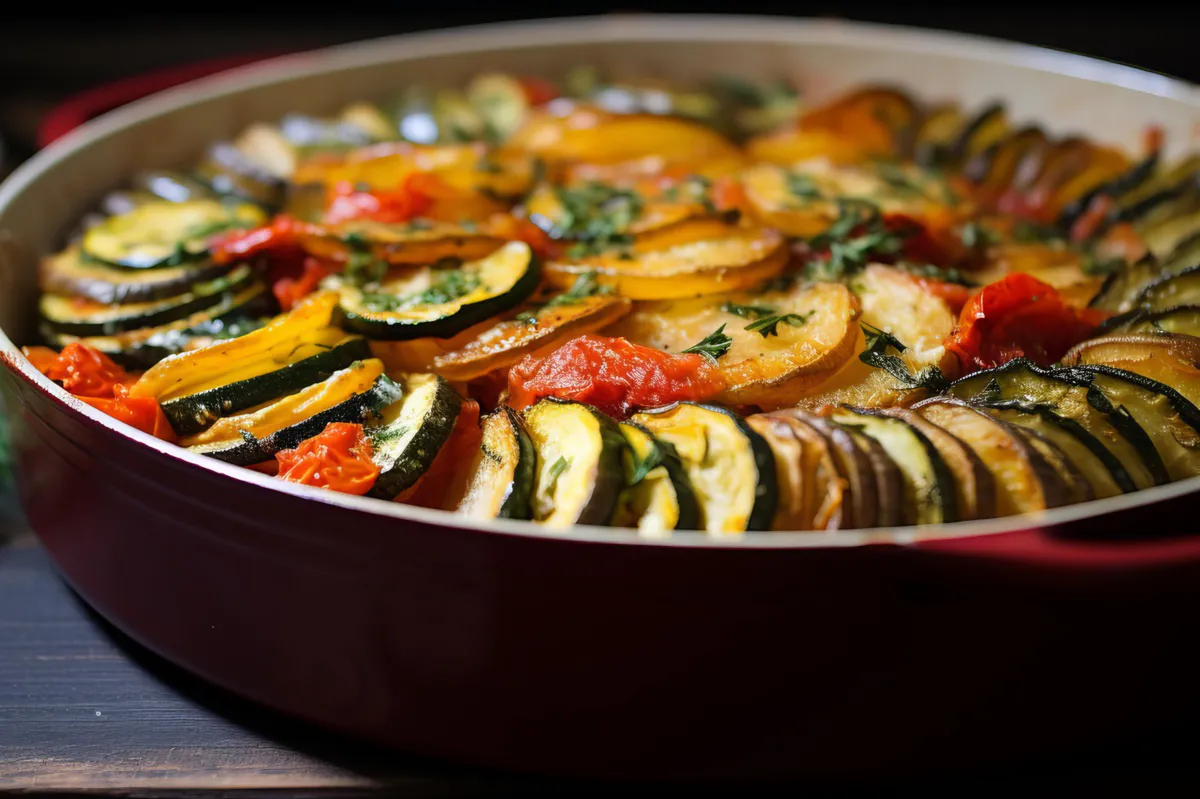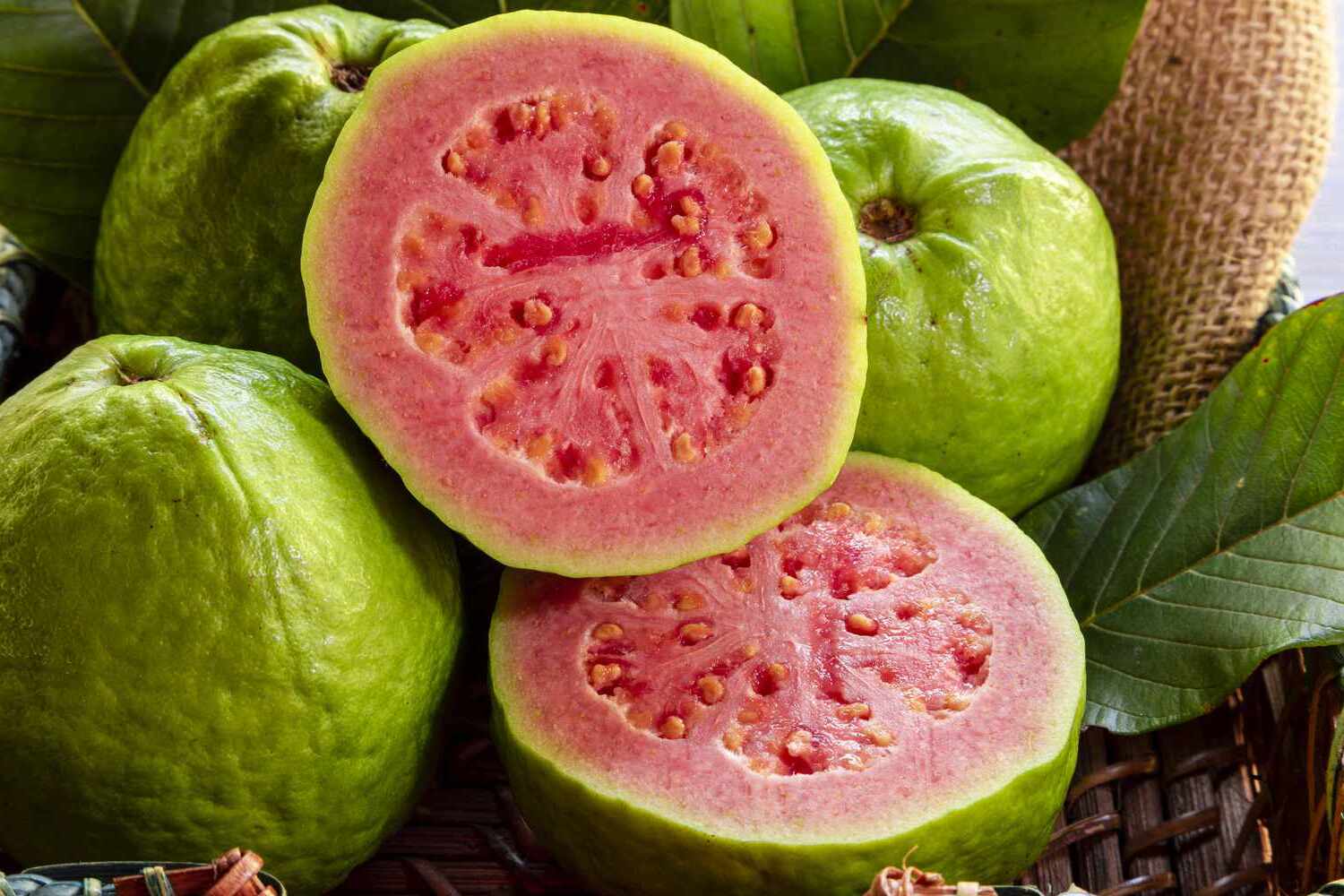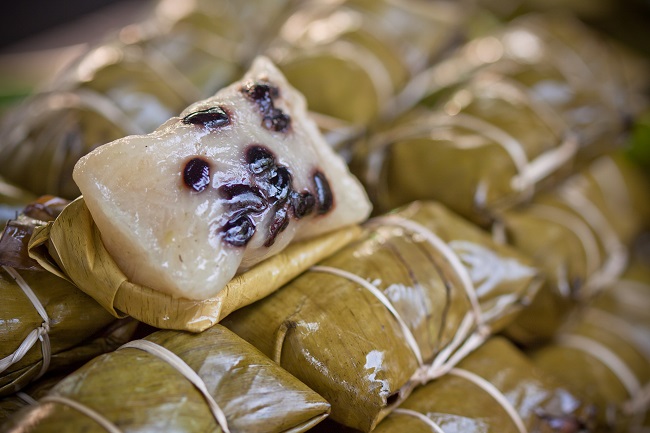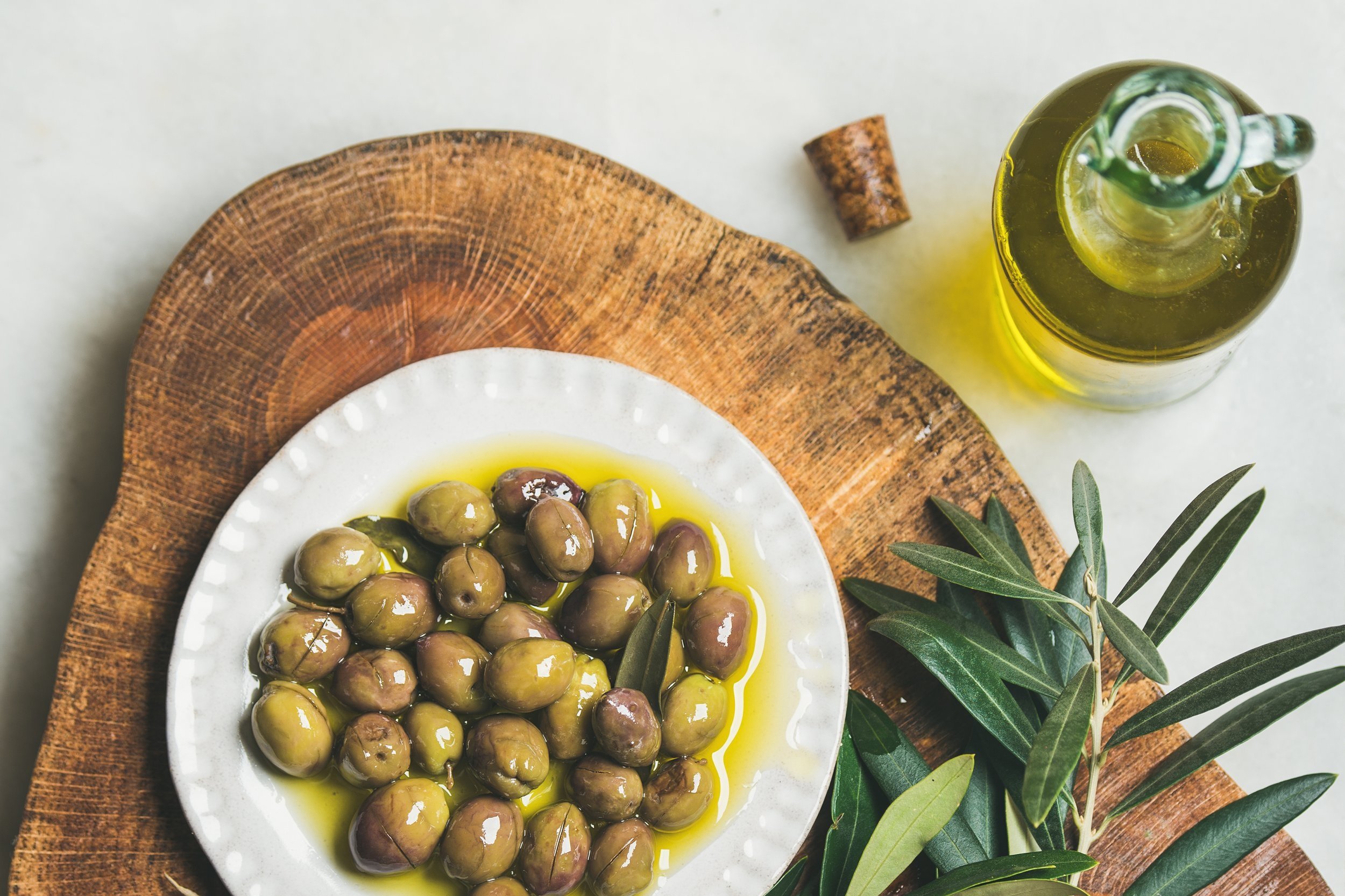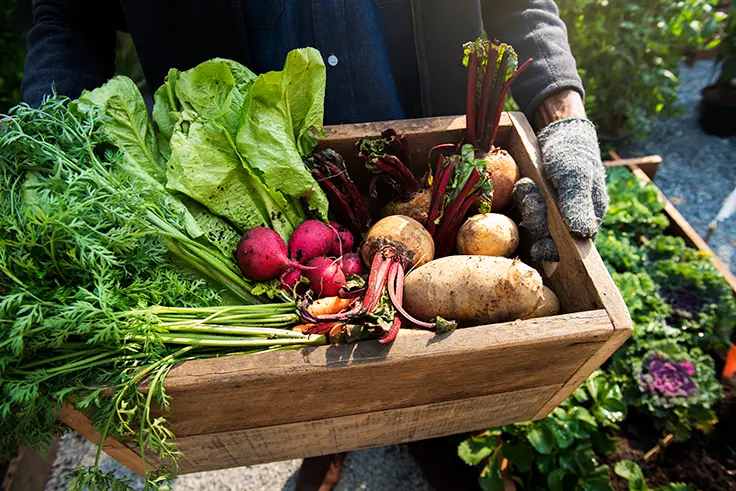goldengaterestaurantphoenix.com – Idli, a soft, spongy, and pillowy rice cake, is a beloved breakfast food in South India. It’s often served with sambar, a flavorful lentil-based soup, and coconut chutney, creating a harmonious blend of textures and tastes. Idli’s popularity extends beyond India, with its simple yet elegant appeal captivating taste buds worldwide.
The Origins of Idli
The exact origins of idli are shrouded in culinary history, with various theories and legends surrounding its birth. Some believe that idli has its roots in ancient Indian culinary traditions, while others trace its origins to Indonesia. Regardless of its exact origins, idli has evolved over centuries to become a staple food in South India.
The Making of Idli
The process of making idli involves a fermentation process, which gives the cakes their unique texture and flavor. Here’s a basic overview of the steps involved:
- Fermentation: Rice and urad dal (black gram) are soaked separately and then ground into a smooth batter. The batter is then fermented overnight, allowing the natural bacteria to work their magic.
- Steaming: The fermented batter is poured into greased idli molds and steamed until cooked through. The steaming process gives the idli its light and fluffy texture.
Serving Suggestions
Idli is typically served hot with sambar and coconut chutney. The sambar, a tangy and spicy lentil-based soup, adds a burst of flavor to the mild idli. Coconut chutney, a smooth and creamy condiment made from grated coconut, green chilies, and spices, complements the idli perfectly.
Why You Should Try Idli
Idli is a healthy and delicious breakfast option that is perfect for people of all ages. It is a good source of protein and fiber, and it is also low in fat and cholesterol. Idli is easy to digest, making it a great choice for people with sensitive stomachs.
In addition to its health benefits, idli is also incredibly versatile. It can be enjoyed as a snack, a side dish, or a main course. It can be topped with various chutneys, sambar, or even a dollop of ghee.
